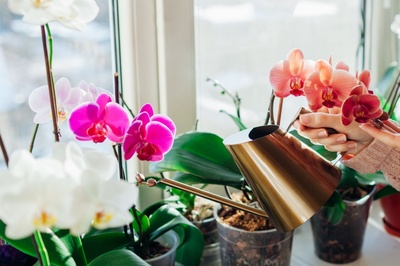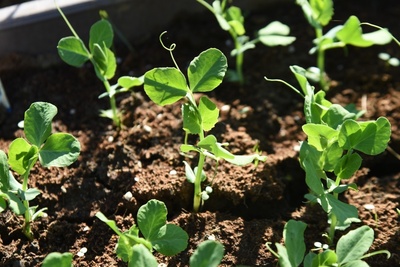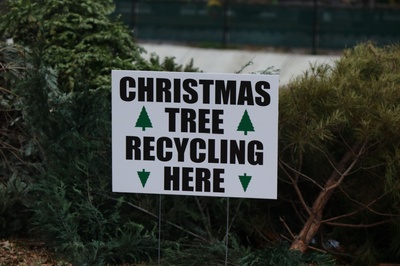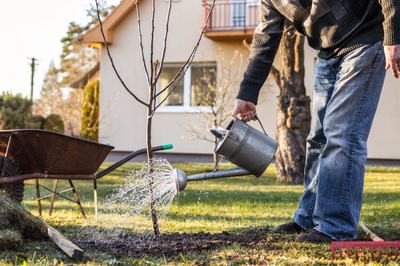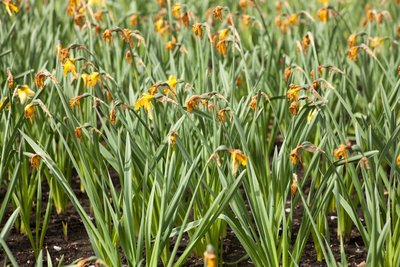
Wondering what to do after spring bulbs have flowered? It is actually quite easy to clear up after them and then use the space where they flower for even more flowers. These tips are handy if you have an area dedicated solely to spring bulbs because, for the rest of the year, it could look quite bare. These options are great for using that space while your bulbs are safely underground, storing energy for the following spring. Here are some ideas;
1. Clear the area for new plants
When your spring bulbs have finished flowering, deadhead them but leave the foliage to die back naturally. This allows all of the nutrients to go back down into the bulb to be stored over winter and to use when the plant blooms again the following year. When all of the foliage has died back, gently remove it all away from the bulb and the soil to the compost bin, which will help keep pests and disease away.
2. Summer bulbs
If you have enough space and want to use your spring bulb area to carry on flowering for as long as possible, make sure you have some summer flowering bulbs as well. Along with your Daffodils, Crocus and Tulips, make sure you have some room for these summer bulbs, so you have something flowering over many months of the year.
- Alliums,
- Lilies,
- Nerines,
- Begonias,
- Gladiolus,
- Crocosmias,
- Irises,
- Dahlias.
3. Sow annual seeds
A great way to use the space after spring bulbs have finished flowering is to sow annual seeds. You can start them off even when some bulbs are still in flower. Try Nigella ‘Love in a Mist’ or Cosmos ‘Cupcakes’ and start your Zinnia seeds under cover to plant out later. Many Zinnia varieties are available in an abundance of vibrant colours to fill in your garden spaces.
4. Remove the bulbs
Most bulbs can stay in the ground. However, for example, Tulip bulbs are often lifted, stored and replanted the following year. Gardeners report varying success with this and with leaving them in. If you have been using your spring bulbs as cut flowers, you will most likely need to lift the bulbs and replace them. Considering bulbs are fairly inexpensive, you could create a new spring bulb display each year!
5. Know where they flower
It can also be really useful to put a marker in the ground where they have bloomed, so throughout the season, if you decide to plant more out, you won’t forget where your bulbs are, and therefore you minimise the risk of digging them up or forking into them causing damage. And, remember to feed your soil. All plants need healthy soil to grow.
We have a wide selection of bulbs, tools, and plants to choose from in store.

